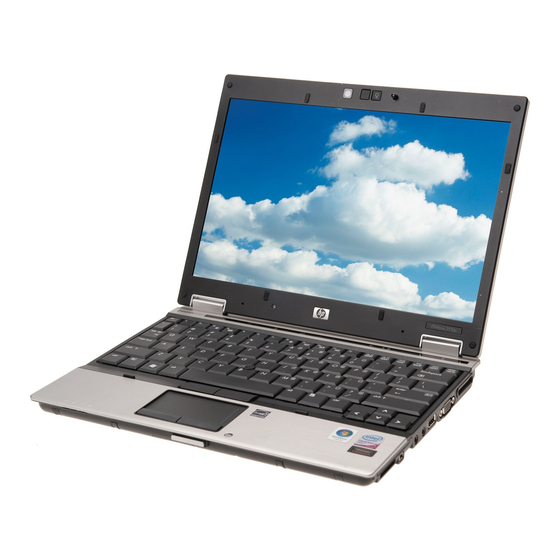HP 2530p - EliteBook - Core 2 Duo 2.13 GHz Manuallijnen - Pagina 2
Blader online of download pdf Manuallijnen voor {categorie_naam} HP 2530p - EliteBook - Core 2 Duo 2.13 GHz. HP 2530p - EliteBook - Core 2 Duo 2.13 GHz 7 pagina's. Notebook pc
Ook voor HP 2530p - EliteBook - Core 2 Duo 2.13 GHz: Specificaties (36 pagina's), Producthandleiding (16 pagina's), Gebruikershandleiding (15 pagina's), Netwerkhandleiding (16 pagina's), Specificaties (2 pagina's), Gebruikershandleiding (27 pagina's), Installatiehandleiding (19 pagina's), Overzicht (16 pagina's), Manuallijnen (12 pagina's), Software-installatiehandleiding (8 pagina's), Manuallijnen (6 pagina's), Installatie- en configuratiehandleiding (18 pagina's), Installatie stuurprogramma (20 pagina's), Handmatig (20 pagina's), Gebruikershandleiding (31 pagina's), Gebruikershandleiding (46 pagina's), Gebruikershandleiding (44 pagina's), Gebruikershandleiding (42 pagina's), Specificaties (45 pagina's), Gebruikershandleiding (30 pagina's), Gebruikershandleiding (24 pagina's), Quickspecs (46 pagina's)

